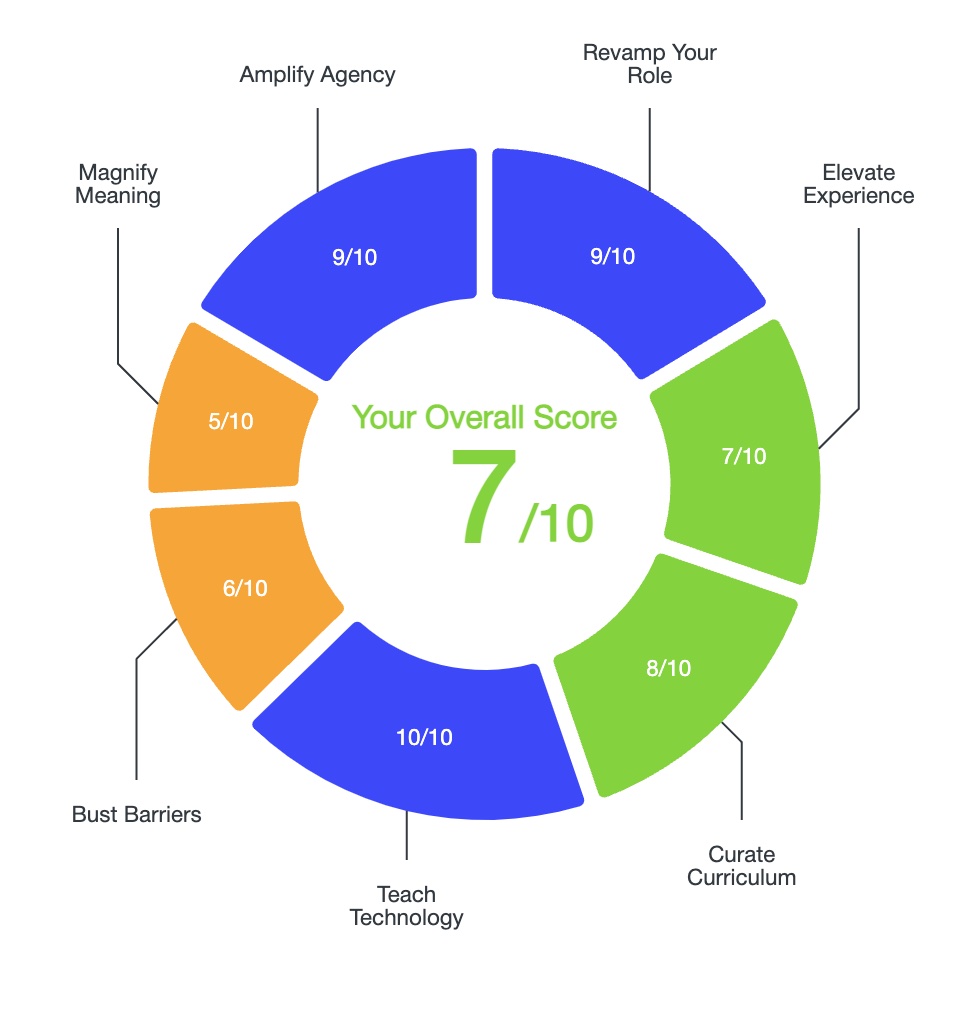How to Use Education Technology The Ultimate Guide
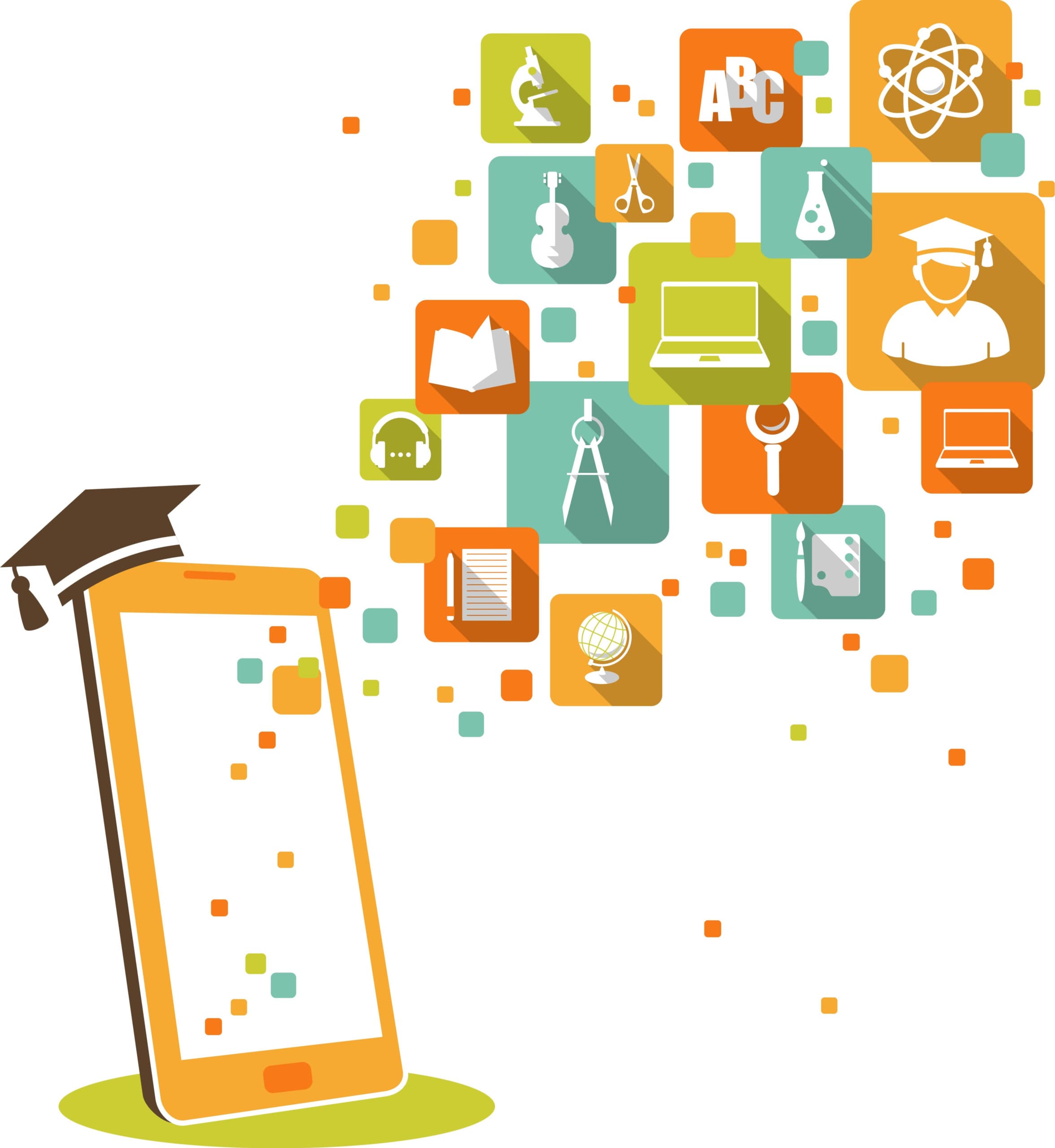
How to Use Education Technology
Use this guide to explore different strategies for using education technology to meet the evolving needs of our students.
It’s no longer enough to teach technology in a single computer science classroom: today’s schools need to take a holistic approach to technology integration.
Here are 14 ways to use education technology to enhance learning:
- Use Digital Classrooms for Organization & Accessibility
- Create Student-Centered Personalized Instruction
- Increase Engagement
- “Ditch” Textbooks & “Flip” Classrooms
- Differentiate How Students Show Knowledge
- Teach 21st Century Skills
- Bring Abstract Experiences to Life with Virtual Reality & Augmented Reality
- Expand Classroom Walls
- Teach Digital Citizenship
- Promote Social Sharing
- Develop Collaboration Skills
- Develop Metacognition
- Enhance Family Engagement
- Improve Teacher Practice
#1: Use Digital Classrooms for Organization & Accessibility
Digital Classrooms such as Google Classroom and Schoology facilitate the organization of lessons, handouts, and class work, as well as make those class materials more accessible to students and families. Gone are the days when students misplace papers or can’t complete work because they are absent or late to class: it’s all online.
Organization and accessibility of materials are really just the beginning. Digital Classrooms serve as a central location for additional resources, links to other EdTech apps, conversations amongst students, and more.
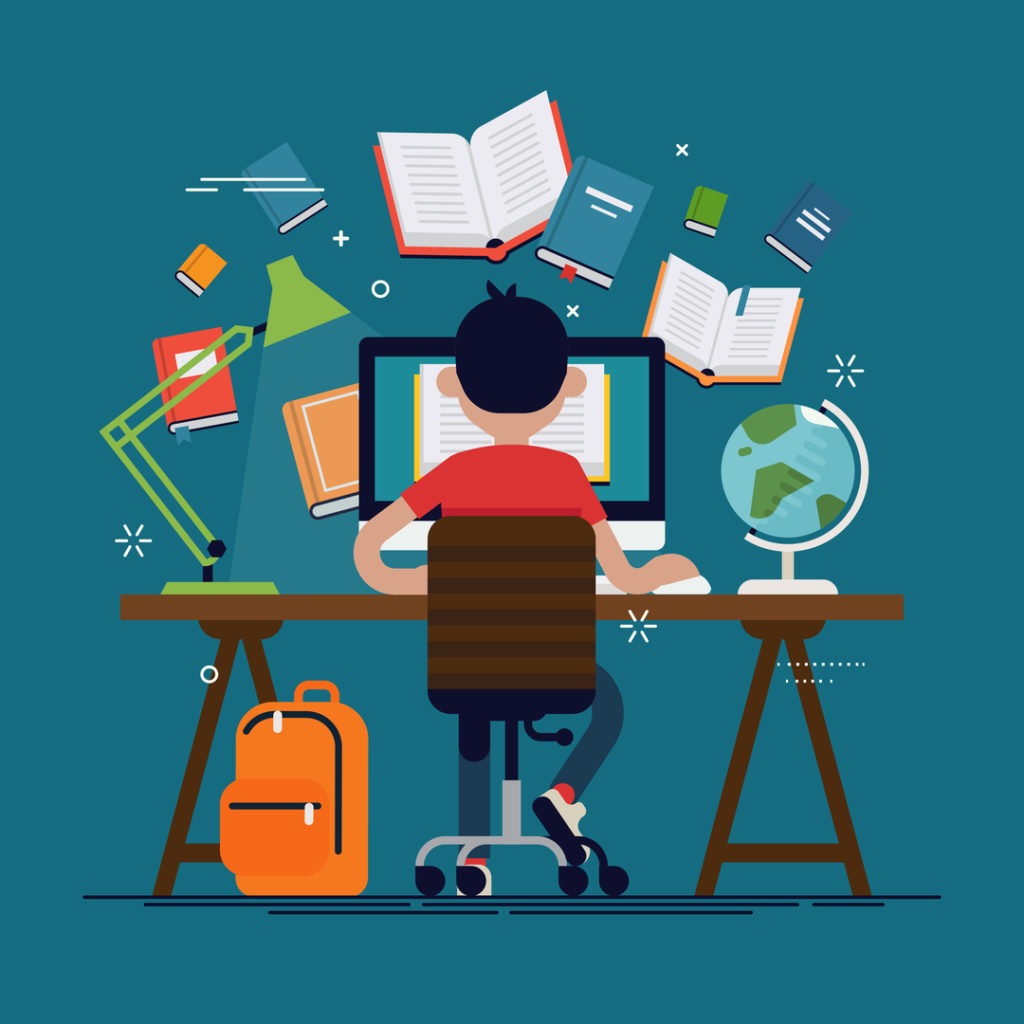

#2 Create Student-Centered, Personalized Instruction
Meeting the learning needs of all students in a single classroom is one of the most difficult challenges educators face. The problem is even more acute when teaching students from underserved populations.
Technology helps teachers provide students with targeted instruction at their level. Personalized math instruction programs like ST Math and Moby Max help students remediate skills if necessary, or work on more advanced material if they are ready. Reading programs like Newsela allow all students in a class to read the same content at their just-right reading level. Other platforms like Freckle and Khan Academy offer a range of differentiation and personalized learning activities across all subjects.
In addition to teaching to different skill levels, technology also helps teach to different learning modalities, whether visual, auditory, and experiential.
#3: Increase Engagement
Ask any teacher what they would most like to change about their classrooms, and increasing student engagement is almost certainly at the top of the list. Teachers work hard to plan and implement lessons, and the best reward for all that effort is a classroom full of students excited to be there, and excited to learn. Unfortunately, today’s public schools are facing a crisis of engagement. When students aren’t engaged, they aren’t learning.
Teaching with technology doesn’t guarantee that students will be more engaged with lessons: it still takes a skilled teacher to create a highly engaging environment.
Still, introducing new content with a Flocabulary rap video, presenting lessons with multimedia-rich Google Slides lessons, gamifying your classroom and awarding digital badges for student achievement, or reviewing for a test with a Kahoot game, are all almost objectively more engaging ways to teach than a traditional lecture & notes lesson.

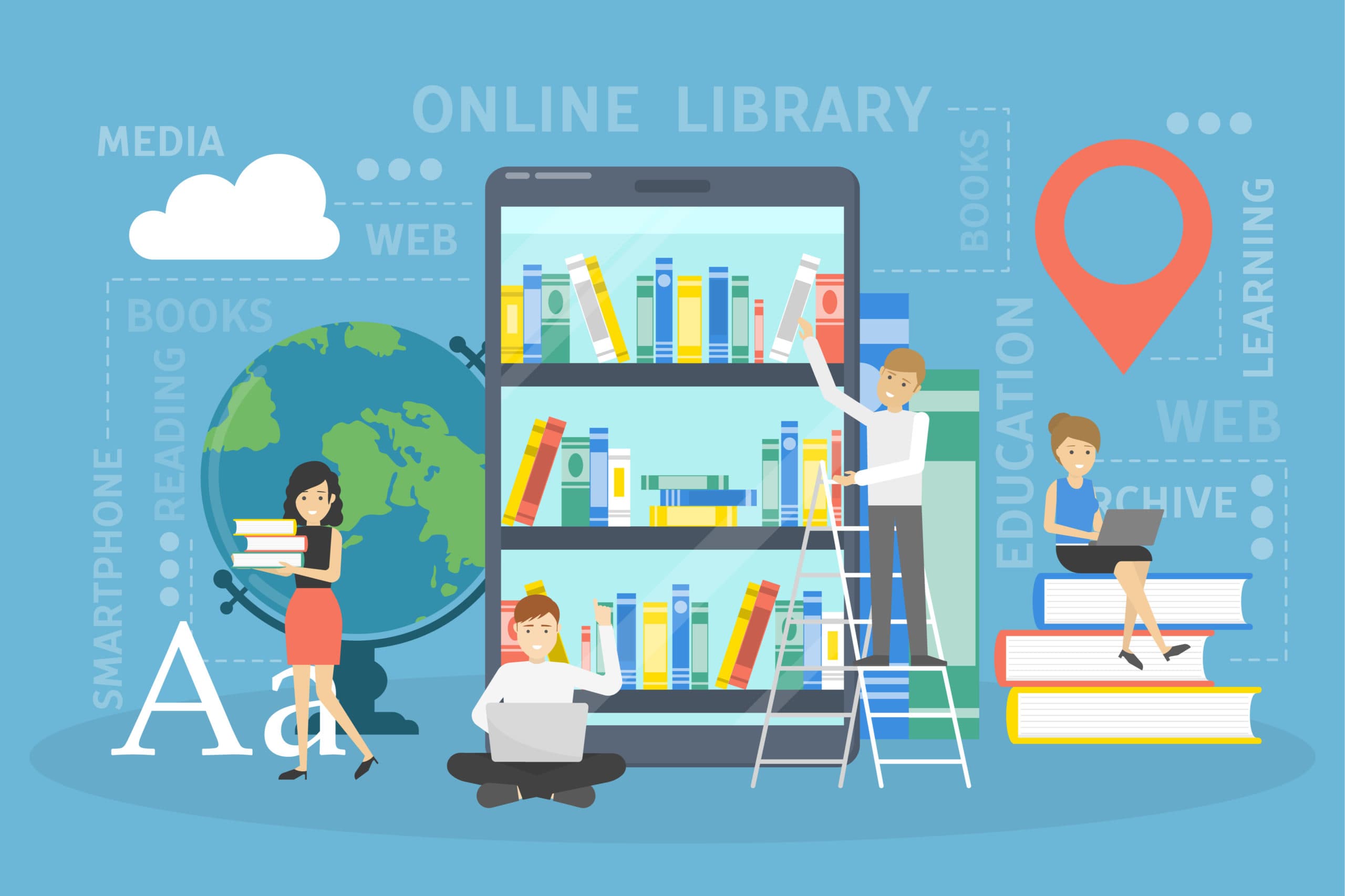
#4: "Ditch" Textbooks & "Flip" Classrooms
In his popular book, Ditch That Textbook, Matt Miller argues that the textbook is a relic from the days when teachers were the keepers of knowledge to be delivered to students in healthy doses of lectures and notes. The fact of the matter is that in today’s digital world, educators are no longer the gatekeepers of information, and students know it. Instead, the role of the educator should be to guide students as they navigate the wealth of information available at their fingertips.
Breaking free from textbooks doesn’t have to mean doing away with them entirely, but it does mean that educators need to be using relevant digital media to supplement material. Whether we choose to show them or not, students are going to find information online. We should embrace the availability of the vast array of multimedia sources and guide students toward what is the most interesting, relevant, and useful.
Here, technology allows teachers to create a “flipped classroom”, an instructional model where a the teacher curates sources and makes their own own video tutorials for students to learn content outside of class, opening up class time for more rigorous activities, such as collaborative project-based learning.
Matt Miller’s argument about ditching textbooks is really an argument about ditching an antiquated mindset about how students learn. Opening up to learning experiences outside of the textbook is a key step to cultivating student-centered, innovative, joyful, engaged classrooms.
#5: Differentiate How Students Show Knowledge
The Universal Design for Learning framework guides teachers to provide students with different options for how they show understanding. Rather than limiting students to more traditional means of demonstrating knowledge like tests, essays, or presentations, students can also show knowledge by creating videos, graphic designs, photo journals, blogs, websites, podcasts, digital books, digital comics, and more.
Once students learn these tools, teachers can offer them choice for how they show their understanding of a particular concept. Plus, being asked to express knowledge in new, creative ways opens doors to new interests, passions, and enthusiasm for learning.


#6: Teach 21st Century Skills
In today’s world, it’s imperative to have basic computing skills. Imagine trying to successfully make it through college today without the following skills:
- Navigating the web
- Composing emails
- Touch typing
- Word processing
- Creating Google Slides, Keynote, or PowerPoint presentations
- Collaborating on online projects
Students with more advanced computer skills in coding, web design, app creation, blogging, robotics, will almost certainly have a leg up in the job market of the future.
Although students from more affluent backgrounds will likely learn many of the skills outside of school, for many of our students, public education is their only opportunity to develop these skills. To neglect teaching these skills is to perpetuate systemic inequities. We cannot allow access to tech skills to mirror the achievement gap.
#7: Bring Abstract Experiences to Life with Virtual Reality & Augmented Reality
Sometimes, despite a teacher’s efforts to provide various opportunities for accessing content, students still struggle to learn. They may lack the schema (prior knowledge) to understand a new and/or challenging concept; they may not learn well unless they experience a new concept for themselves.
Emerging technologies in Virtual Reality and Augmented Reality have the potential to fill this gap.
Immersive virtual reality experiences like Google Expeditions can literally put students inside a geographic location they are learning about in Social Studies, or inside a human body in Science. Preliminary studies have also shown the VR can be used to make a person more empathic toward others and can be used to increase social-emotional skills.
Similarly, Augmented Reality platforms like Merge allow students to literally hold and examine bodily organs and planets.
Students aren’t limited to merely experiencing VR and AR. With programs like Co-Spaces or Adobe Aero they can to create VR & AR on their own.
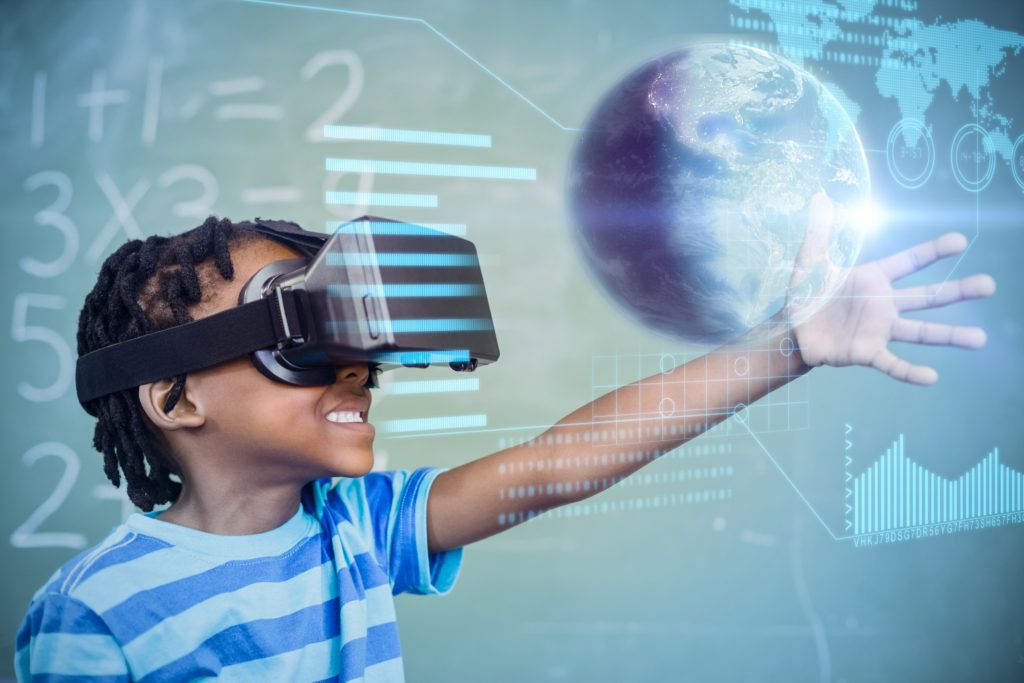

#8: Expand Classroom Walls
In an ideal world, all public school students would have the opportunity to take multiple field trips to any location, to connect with students across the globe, and to hear guest speakers present on topics they are learning about in class.
Technological tools afford students these opportunities and more. Students can use tools like Skype and Google Hangouts to go on virtual field trips, as well as connect with other students, educators, and presenters around the world.
Even with unlimited budgets, it would be impossible for students to make connections with other students or experts and educators across the globe. Technology can help expand the reach of classrooms beyond the confines of a brick and mortar building and connect students with the world around them.
#9: Teach Digital Citizenship
Over the course of their lifetimes, our students will be faced with wide array of societal problems stemming from rapid technological change. We need to be equipping students with the right skills they need to think critically about the digital world, as well as to treat others with respect and dignity in digital spaces.
Digital Citizenship lessons should include the basics of Internet safety, how to determine where information is coming from, and whether or not a source is reliable, how to discern if an image or video has been altered, how to handle cyberbullying and phishing, how to treat others respectfully in digital spaces, as well as the implications of oversharing and digital footprints. PBS Learning Media and Common Sense are both excellent resources for teachers to access free lesson plans on these topics.
To learn more about why teaching digital citizenship should be a universal part of public education, read here.

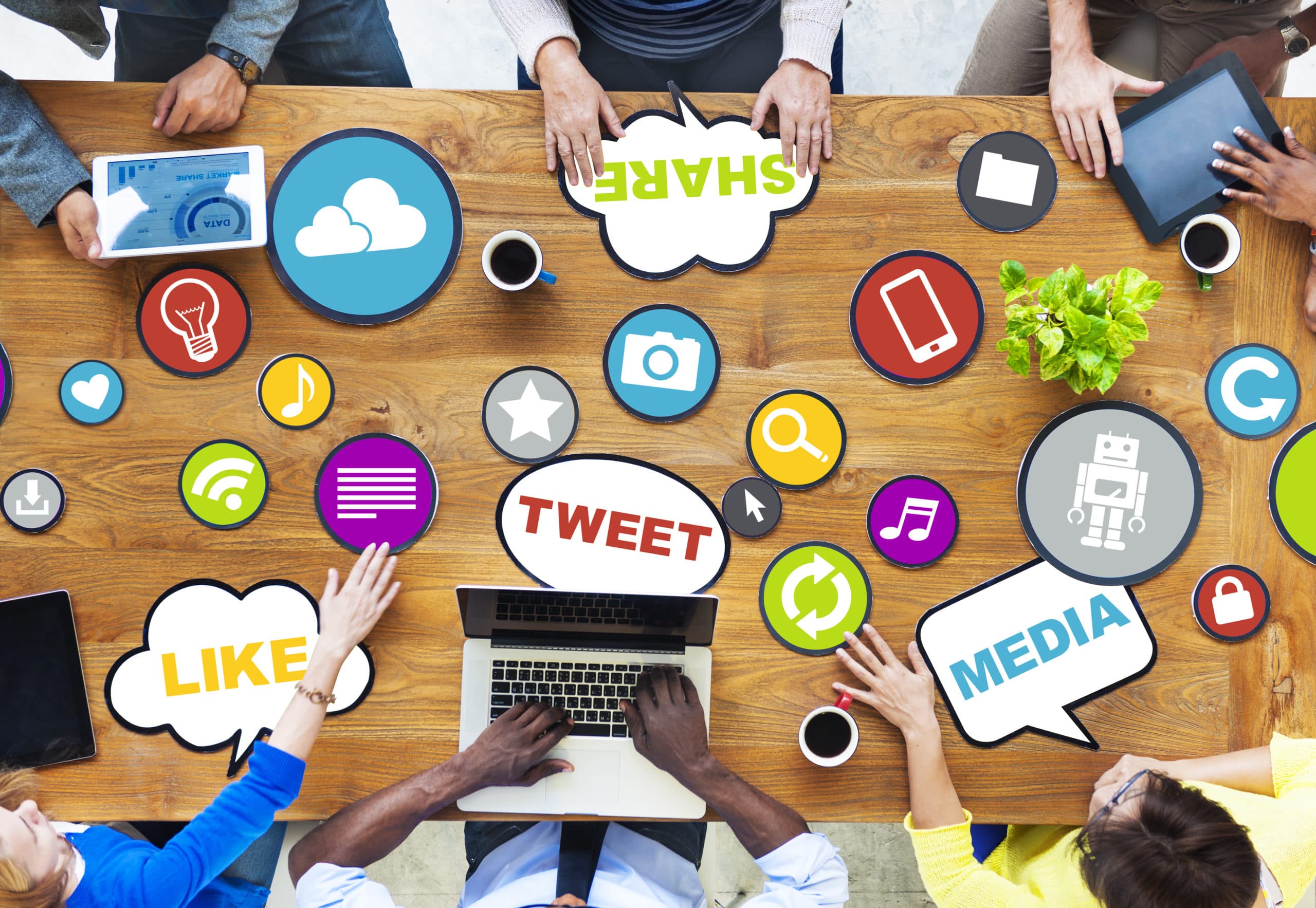
#10: Promote Social Sharing
Generation Z are digital natives who have grown up sharing their lives with others online. Students want to share what they have created; educators should embrace this and use social sharing in the classroom to help motivate students to do their best. Furthermore, sharing work with peers, and not just the teacher, also creates learning experience that imbues their work with greater meaning.
Many apps are setup to promote social sharing amongst students. Padlet allows students to post images and writing to a digital bulletin board. Book Creator gives students the opportunity to create and publish digital books in a class library. Using Flipgrid, students can create and post short video clip responses in a closed-class forum.
#11: Develop Collaboration Skills
Students must learn to collaborate effectively with others in order to be successful in college and in their careers. Learning to work in diverse teams to creatively solve problems is one of the most important skills a teacher can teach.
As all teachers know, effective collaboration takes a lot of work. It isn’t a simple as putting a group of students together and asking them to work together.
Technology helps teachers address two major areas of difficulty pertaining to teaching collaboration.
- It provides the tools necessary for collaboration
- It helps teachers create tasks complex enough to merit a group activity
G-Suite for Education apps like Docs, Slides, Forms, and Blogger allow students to work together on the same documents while in separate locations.
Students can use programs like WeVideo to create, edit, and publish green screen videos, a complex task that merits collaboration. These examples just scratch the surface.


#12: Develop Metacognition
Getting students to take ownership over their own learning is the most powerful lesson a teacher can teach. Involving students in tracking their own data and setting SMART goals is one of the most effective ways of developing student metacognition and ownership.
Tools like Google Sheets and Google Docs help students track their own academic progress over the course of the school year. Helping students become aware of their academic progress, as well as their academic needs, is a critical component of passing the onus of learning onto students.
Once student-monitored data tracking systems have been setup, they can be shared and discussed with families at parent-teacher conferences.
#13: Enhance Family Engagement
Research shows that when families are more connected with schools, students perform better academically. Technology facilitates greater family engagement in many ways.
With technological tools like Google Classroom and Google Slides, parents can access a a teacher’s lessons, supplemental resources, assignments, and more. Families can access the free digital portfolio platform Seesaw through a free phone app, where they can view and comment on the work students upload to their portfolios.
Similar to the way that technology helps students share their work with their peers, technology also helps students share work with their families, and provides families with a clear window into their students’ academic lives. Opening up this window further emphasizes for students that the work they create in school matters.
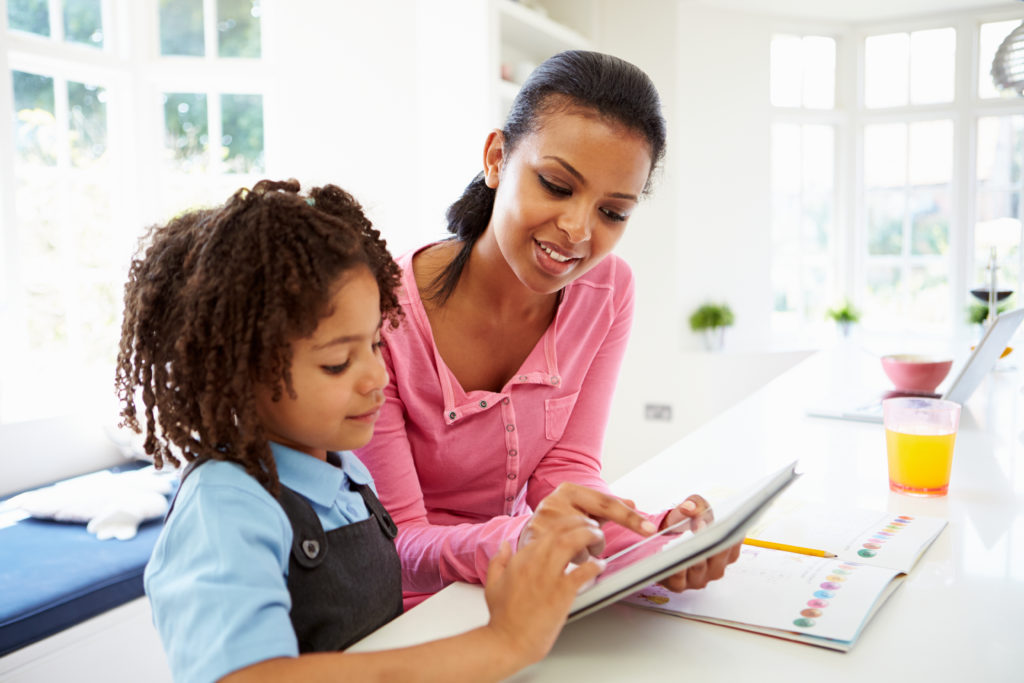

#14: Improve Teacher Practice
Teachers want to improve their practice in order to improve outcomes for students. Too often, however, teacher professional development violates nearly every standard we set for good teaching practices: it isn’t personalized, differentiated, experiential, nor taught with different learning modalities in mind.
Numerous technology tools exist to address this need. Teacher created YouTube channels teach new skills and strategies in bite sized chunks. Teacher blogs provide teachers with new ideas to implement in the classroom. AI tools like TeachFX provide teachers and instructional coaches with detailed data about student engagement. And private video sharing platforms like Edthena support teacher professional development by allowing teachers to virtually visit and analyze each other’s lessons.
Conclusion
Given the rapid changes in our increasingly digitized age, educators need to adopt a holistic approach to technology. Used in tandem with thoughtful planned and skilled instruction, education technology has the power to improve academic outcomes, and transform the educational experiences of students, parents, and teachers for the better.
To read more, click here for ten reasons why technology is important in education.


